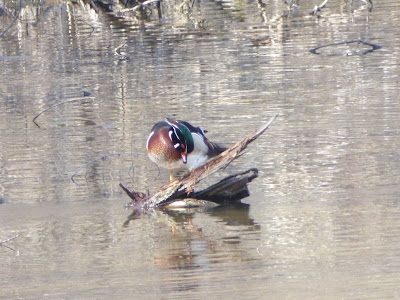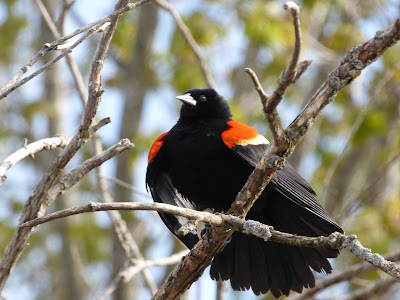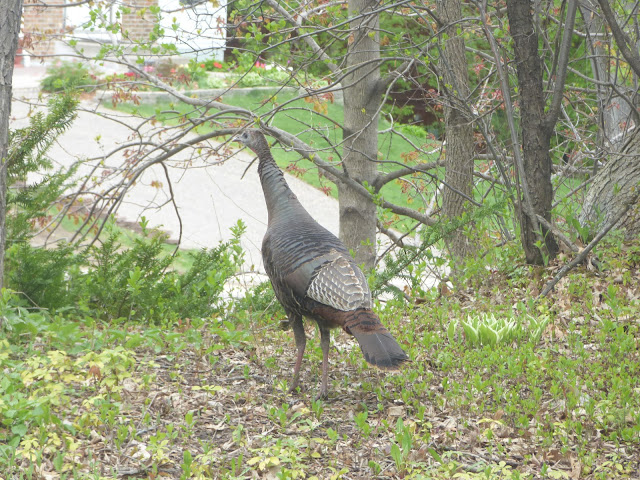This Memorial Day finds us at a challenging time in the history of the world. Memorial Day was designed to give us a day to honor those who made the ultimate sacrifice so we may be free. In honor of those who gave their lives, and are giving their lives for us, I am posting a variety of pictures of Military aircraft from World War II to the present.
Most of these pictures were taken at the Duluth Air Show a couple of summers ago. The Duluth Air Show is cancelled this year, but I look forward to attending it as soon as we are able have large events again.
 |
| B-25 Mitchell |
The B-25 Mitchells were used on the famous Doolittle Raid during World War II. These bombers were taken off the deck of the U.S.S. Hornet, and conducted the first Allied bombing raid on Japan. It was a huge moral booster for the United States, giving hope that Japan could be defeated.
 |
| U.S. Air Force Thunderbirds (F-16 Falcon) |
 |
| U.S.A.F. Thunderbirds |
 |
| U.S.A.F. Thunderbirds |
The United States Air Force Thunderbirds and the United States Navy Blue Angels recently did inspirational flights over several cities in honor of the medical professionals on the front lines of the COVID-19 pandemic. In Minnesota, the C-130's from the Twin Cities, and the F-16's from Duluth flew over hospitals throughout the state as well. It was a great tribute to all the first responders who are putting their lives on the line so we may survive.
 |
| C-130 Hercules |
 |
| P-51 Mustang |
 |
| World War II T-6 Texans and T-34 Mentor Aircraft |
I saw the four T-6 and one T-34 aircraft fly over the Twin Cities on the 75th anniversary of VE Day (May 8, 1945). It was an unexpected and inspirational sight!
Thank you to all those have served and are serving this country!
You are an inspiration to all of us!






















